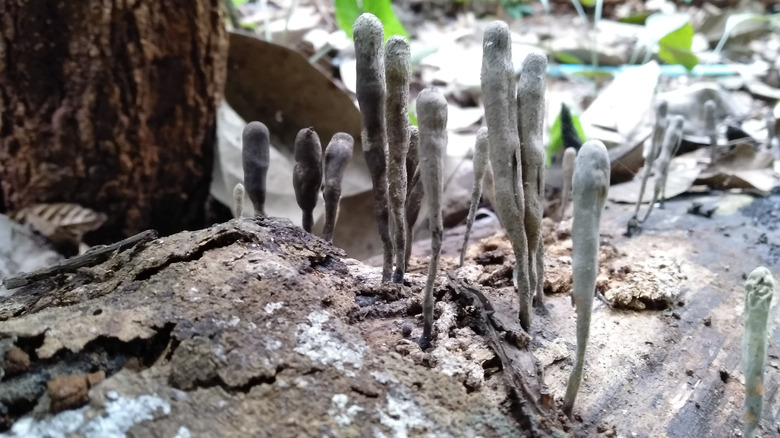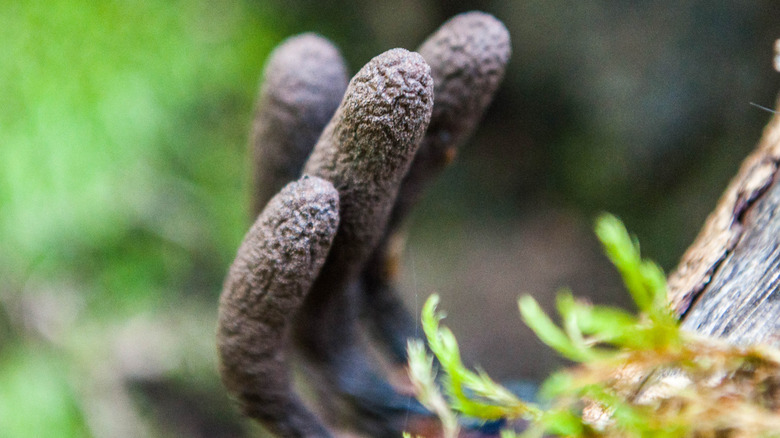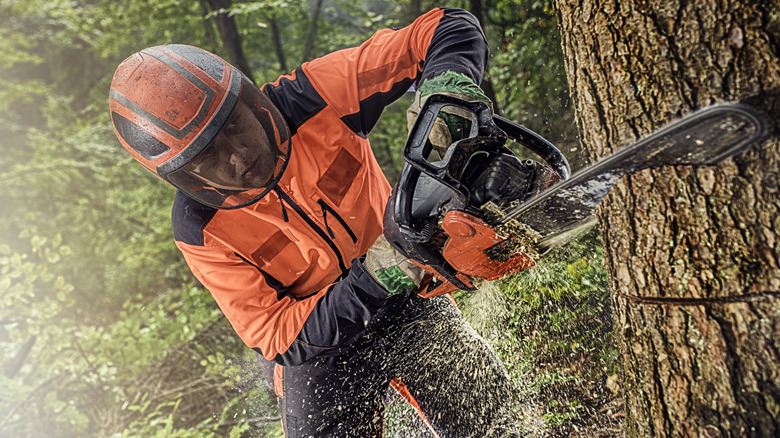What It Means If Your Tree Has Mushroom Zombie Hands Growing From It
Discovering mushroom zombie hands on your trees, more scientifically known as Xylaria polymorpha or dead man's fingers, might initially strike you as a scene from a horror movie. This condition signals a unique fungal invasion that turns ordinary trees into hosts for what resembles a collection of charred, twisted fingers. Dead man's fingers is a fitting name for this fungus, given its sinister look with finger-like fruiting bodies shooting up from the earth or directly out of the wood from trees. This spectacle is more than just an oddity; it represents the reproductive phase of the Xylaria fungus, actively unfolding in nature.
Common across Europe and parts of North America, dead man's fingers can affect a variety of trees. Hardwood species such as apple, cherry, crabapple, and other similar trees are particularly at risk. These tend to be more prone to the severe outcomes associated with this fungus, including the dreaded black root rot. Given the diversity among the over 25 known species of Xylaria, their impact and manifestations can greatly differ. Certain varieties of the fungus originate from organisms that decompose wood, while different strains are responsible for causing the condition known as black root rot, indicating their varied interactions with plant material. This discovery calls for a closer examination of your trees and the surrounding area to assess the potential for further damage. Knowing the signs and symptoms of the condition sets the path for correct treatment and prevention.
Identifying dead man's fingers
Dead man's fingers on your tree is a strong indicator of stress or damage within the tree. This fungus typically colonizes the heartwood through wounds in the bark, or areas where the tree has already begun to decay. They prey on the polysaccharides within the wood, decomposing them into a nutrient-dense residue. This aftermath not only propels the growth of the fungus but also serves as a banquet for a host of invertebrates, playing a crucial role in the recycling of nutrients within ecosystems. As for appearance, the fungus is known for its striking black color with fruiting bodies that have a stark white inside. They tend to appear in clusters at the base of trees or on decaying wood nearby. These eerie "fingers," varying from 1½ to 4 inches in height, gradually release spores over months or years, potentially spreading the fungus further.
As spring arrives, a change occurs in the appearance of the fungus. Initially, the "fingers" present a pale blue. As for the tips, they are usually white, a sign of asexual spore production. During this phase, the fungus sends out filamentous structures that delve into the wood, exacerbating the decay process. Initially, the fungus wraps the roots in a pale sheath that, over time, darkens to a crusty black, masking a lighter inside. This transformation is a definitive indicator of a deep-seated infection. If you spot these signs, it's crucial to act swiftly to mitigate the spread of the infection.
Prevention and treatment
If you've noticed signs of dead man's fingers, removing the fungal fruiting bodies might seem like a viable solution. However, what many fail to understand is that by the time these growths appear, the tree could already be suffering from an advanced infection, such as black root rot. Therefore, simply removing these growths does not tackle the root of the issue. To mitigate the spread and impact of the fungus, it's important to be proactive. Infected trees may need to be removed to prevent the fungus from spreading to healthy trees. Given the complexity and potential danger of tree removal, it might be wise to hire a professional tree removal company. These experts can safely and efficiently remove the infected tree, minimizing the risk to you and your property. They can also give you advice on how to dispose of the infected materials to prevent further fungal spread.
When considering preventative measures, you should avoid planting susceptible trees or shrubs in areas where the fungus has previously been detected. For trees that are already planted, focusing on their health and resilience is key. Ensuring that they are mulched and properly taken care of can significantly reduce their stress and susceptibility to diseases caused by Xylaria species, supporting not just the health of individual trees, but the overall ecosystem of your garden.



